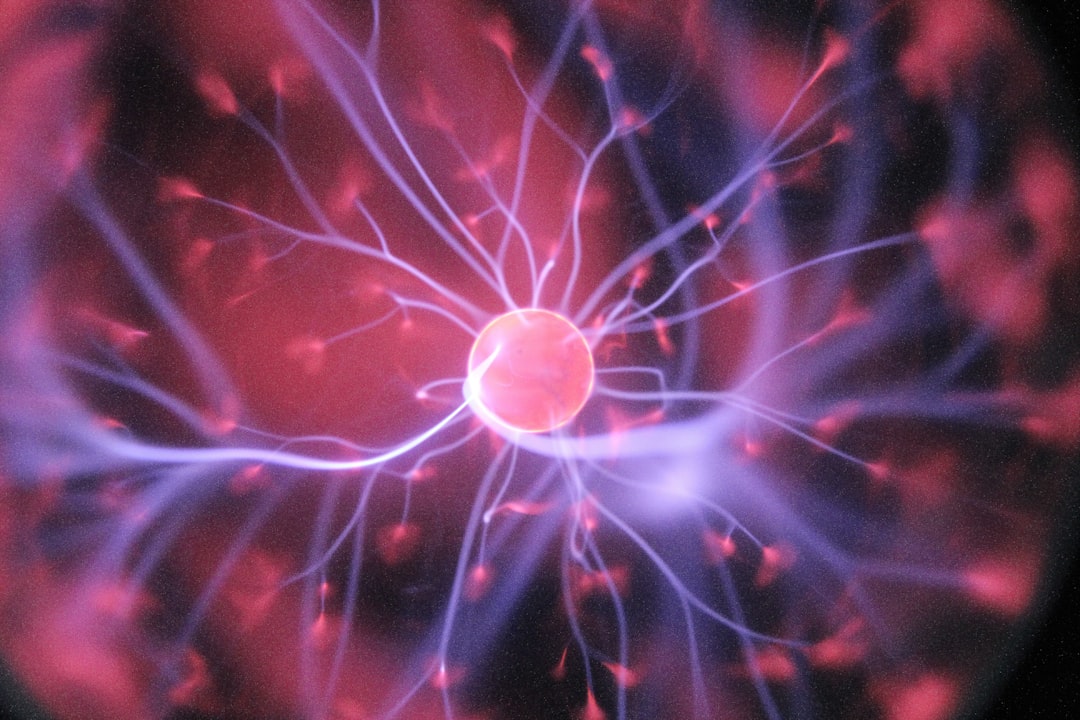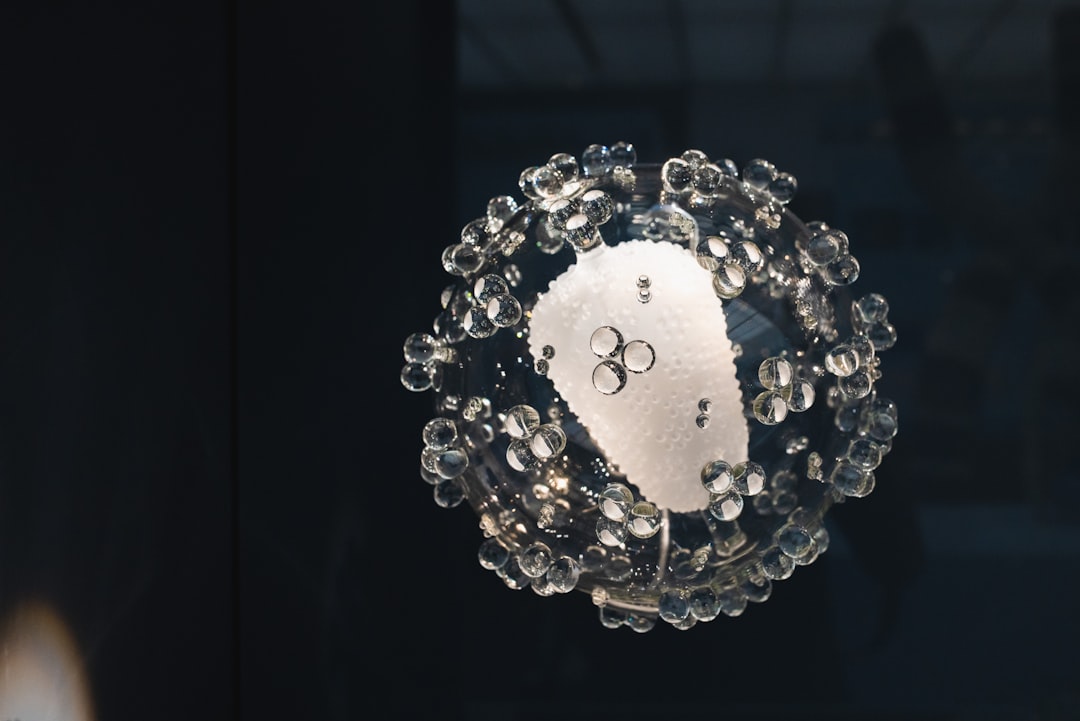What is it about?
Bioactive ceramics actively interacts with the biological environment and can chemically integrate and forms direct chemical bond with the surrounding bone tissues. Hydroxyapatite and calcium phosphates received considerable attention for biomedical applications for many years due to its excellent biocompatible properties. But it has poor mechanical properties like low fracture toughness, which gives space to find alternative bioceramics. Alternatively, wollastonite is considered as an ideal candidate for the artificial bone implants in hard tissue regeneration and bone tissue engineering.
Featured Image
Why is it important?
The formation rate of hydroxyl apatite on the surface of the wollastonite is proved to be faster than the any other biocompatible glasses, glass ceramics and calcium phosphates such as hydroxyapatite due to the presence of silicate group which actively takes part in the metabolic processes during bone formation.
Perspectives
In In this study, we have reported the preparation of bioactive calcium silicate by sol-gel combustion route. For the first time we are reporting Urea as a fuel for the preparation of Wollastonite with needle like morphology. Hence, the above study may be of significance in the preparation of bioactive ceramic in hard tissue engineering.
Dr Sasikumar Swamiappan
VIT University
Read the Original
This page is a summary of: Influence of needle-like morphology on the bioactivity of nanocrystalline wollastonite – an in vitro study, International Journal of Nanomedicine, October 2015, Dove Medical Press,
DOI: 10.2147/ijn.s79986.
You can read the full text:
Contributors
The following have contributed to this page










